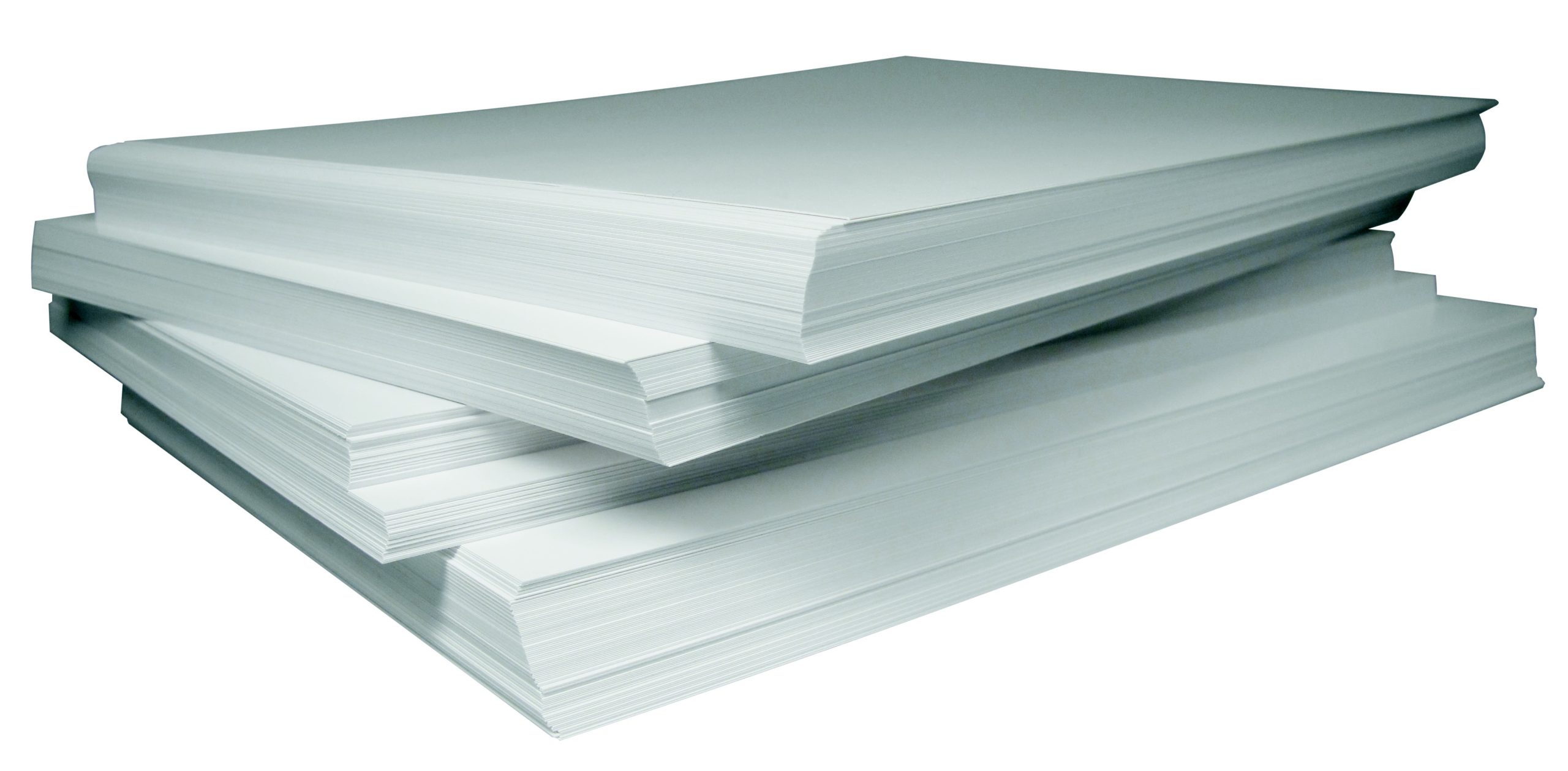
In this monthly Native.News column, Damien Bradley, one of the newest members of the PIASC Board of Directors and Senior Vice President of Print and Wide Format at Spicers Paper, keeps us informed about what’s happening in the printing paper world.
The current situation in the paper industry is a “good news / bad news” story. The good news is that the economy continues to recover and, as a result, the demand for print and paper remains strong! The bad news is that current inventories of all paper products remain low. Both domestic and offshore mills are impacted. The key products—Coated and Uncoated Web, Uncoated Folio, Board and Coated Folio—are all currently on allocation.
On top of this, input costs for freight and raw materials are expected to continue to be extremely high and will likely increase further, putting upward pressure on prices.
The domestic mills are doing their best
The domestic mills are full and their operating rates are at all-time highs. In this environment the domestic mills will not be able to build any additional inventories to meet demand any time soon.
That said, while demand is predicted to remain robust (positive news!), mills are looking at the possibility of increasing capacity. In fact, Domtar has announced that they will restart a paper machine at their Ashdown facility in January 2022. This will bring 185,000 tons of uncoated freesheet into the market.
The offshore mills are hamstrung by global supply chain issues
Vessel and container capacity will continue to be a challenge for the foreseeable future, causing disruptions to imported paper products. In addition, delivery reliability continues to plague the market due to continued congestion at the ports.
Of course, this situation is not unique to the paper industry. These are global conditions and challenges. There are no quick fixes or short cuts, and we anticipate that this will be the “new normal” for the foreseeable future. The only good news here is that new vessels are expected to be available in late 2022 or early 2023 that will alleviate some of the current vessel space issues.
Navigating through these challenges
Almost all paper products are now in short supply, and the mills are keeping their distributors on tight allocations. This will not change anytime soon. Expect and plan for the current conditions to persist well into, if not throughout all of 2022.
Rest assured, though, that paper distributors are not waiting for conditions to change. We continue to search for and work on solutions to keep our supply chains moving at best possible cost levels to support the printing industry.
Right now communication is key! We are all in this together. Share as much detail as possible about your needs with your vendor partners. While the current conditions are challenging, I am confident that eventually the supply and demand for paper will come back into balance and the market will return to more normal conditions.
